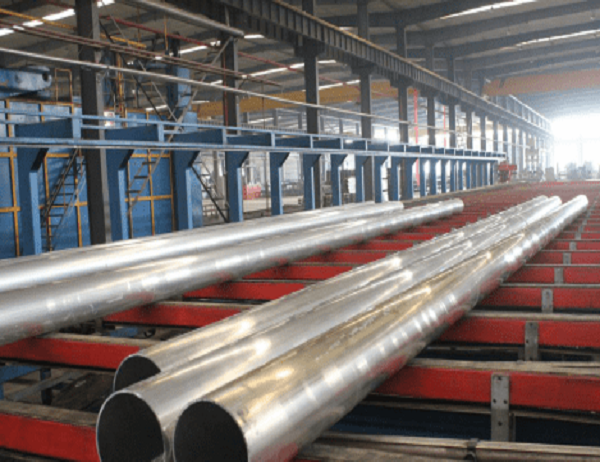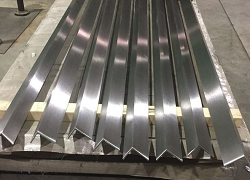The aluminum industry has come under scrutiny in recent years due to its environmental impact. However, sustainable practices are being implemented to reduce the industry’s footprint. This article explores the various sustainable practices employed in industrial aluminum profile production.
Recycling and Resource Conservation
Recycling is a crucial aspect of sustainable aluminum production. Aluminum is a highly recyclable material, and recycling scrap aluminum requires significantly less energy than producing it from primary sources. Many aluminum profile manufacturers have implemented comprehensive recycling programs to minimize waste and conserve resources.
Energy Efficiency and Renewable Energy
Energy consumption is a major factor in the environmental impact of aluminum production. Sustainable practices focus on reducing energy consumption and utilizing renewable energy sources. Aluminum smelters are adopting energy-efficient technologies, such as modern electrolysis cells and heat recovery systems. Additionally, they are exploring the use of renewable energy sources, such as hydropower and solar power, to reduce their reliance on fossil fuels.
Emissions Reduction
Aluminum production can generate greenhouse gas emissions, particularly during the electrolysis process. Sustainable practices aim to reduce these emissions through various measures. One approach is to use more efficient electrolysis technologies that minimize the release of perfluorocarbons (PFCs), potent greenhouse gases. Additionally, smelters are implementing carbon capture and storage (CCS) systems to capture and store COâ‚‚ emissions from the production process.
Wastewater Treatment and Water Conservation
Aluminum profile production generates wastewater that can contain pollutants. Sustainable practices prioritize effective wastewater treatment to remove these pollutants before discharging the water back into the environment. Advanced technologies, such as reverse osmosis and ion exchange, are used to purify wastewater and minimize its impact on aquatic ecosystems. Additionally, water conservation measures are implemented to reduce water consumption in the production process.
Sustainable Supply Chains
The sustainability of aluminum profile production extends beyond the manufacturing process to the entire supply chain. Sustainable practices encourage the use of certified and responsibly sourced raw materials, ensuring that the aluminum used in profiles comes from environmentally and socially responsible sources.
Environmental Regulations and Standards
Government regulations and industry standards play a significant role in promoting sustainable practices in aluminum profile production. These regulations set limits on emissions, energy consumption, and water usage. Additionally, certifications and eco-labels, such as the ISO 14001 Environmental Management System, provide a framework for manufacturers to demonstrate their commitment to sustainability and meet customer demands for environmentally friendly products.
Conclusion
Sustainable practices are essential for reducing the environmental impact of industrial aluminum profile production. By implementing recycling, energy efficiency, emissions reduction, wastewater treatment, sustainable supply chains, and adhering to environmental regulations, manufacturers can contribute to a more sustainable aluminum industry and meet the growing demand for environmentally responsible products.



